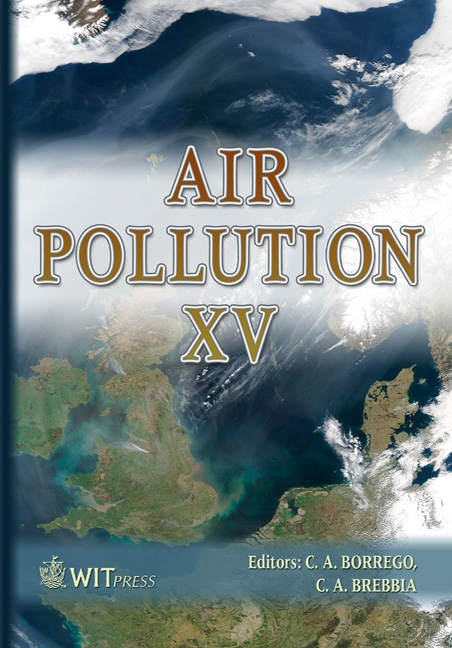Optimizing The Prediction Models Of The Air Quality State In Cities
Price
Free (open access)
Transaction
Volume
101
Pages
10
Published
2007
Size
625 kb
Paper DOI
10.2495/AIR070091
Copyright
WIT Press
Author(s)
J. Skrzypski, E. Jach-Szakiel & W. Kamiński
Abstract
The aim of research was to optimize the neural networks models for predicting the classes of air quality state. This model was constructed and tested on the basis of the data gathered in Lodz, a city localized in the middle of Poland. Models were tested in relation to mean daily dust concentration (PM10) as well as maximal daily values. In each case, 5 air quality classes were distinguished. Air quality in each day was classified with respect to the meteorological conditions. Two models were built: two artificial neural networks (ANNs) were used, namely the MLP and the RBF. Optimization relied on determining the value of the following optimal value of the following ratio of the training set to the testing set, neuron number, number of input vectors after the PCA dimension reduction procedure. Results of the modelling are satisfactory. The error for predicting the air quality classes was generally smaller than 13%. In relation to predicting air quality classes, mean daily PM10 concentrations, better results were obtained with the RBF model containing 5 neurons. The RBF model for maximal daily PM10 concentrations generates a classification error of about 10,7%, and MLP model generates an error of 14,9%. Keywords: artificial neural network, classification, PM10, 1 Introduction A feature of the climate in large cities is the unsatisfactory condition of the atmospheric air due to human activity. Unneeded interactions are due to the functioning of the developed road transport, many branches of industry located in a small area as well as realization of the life and economic needs such as
Keywords
artificial neural network, classification, PM10,





